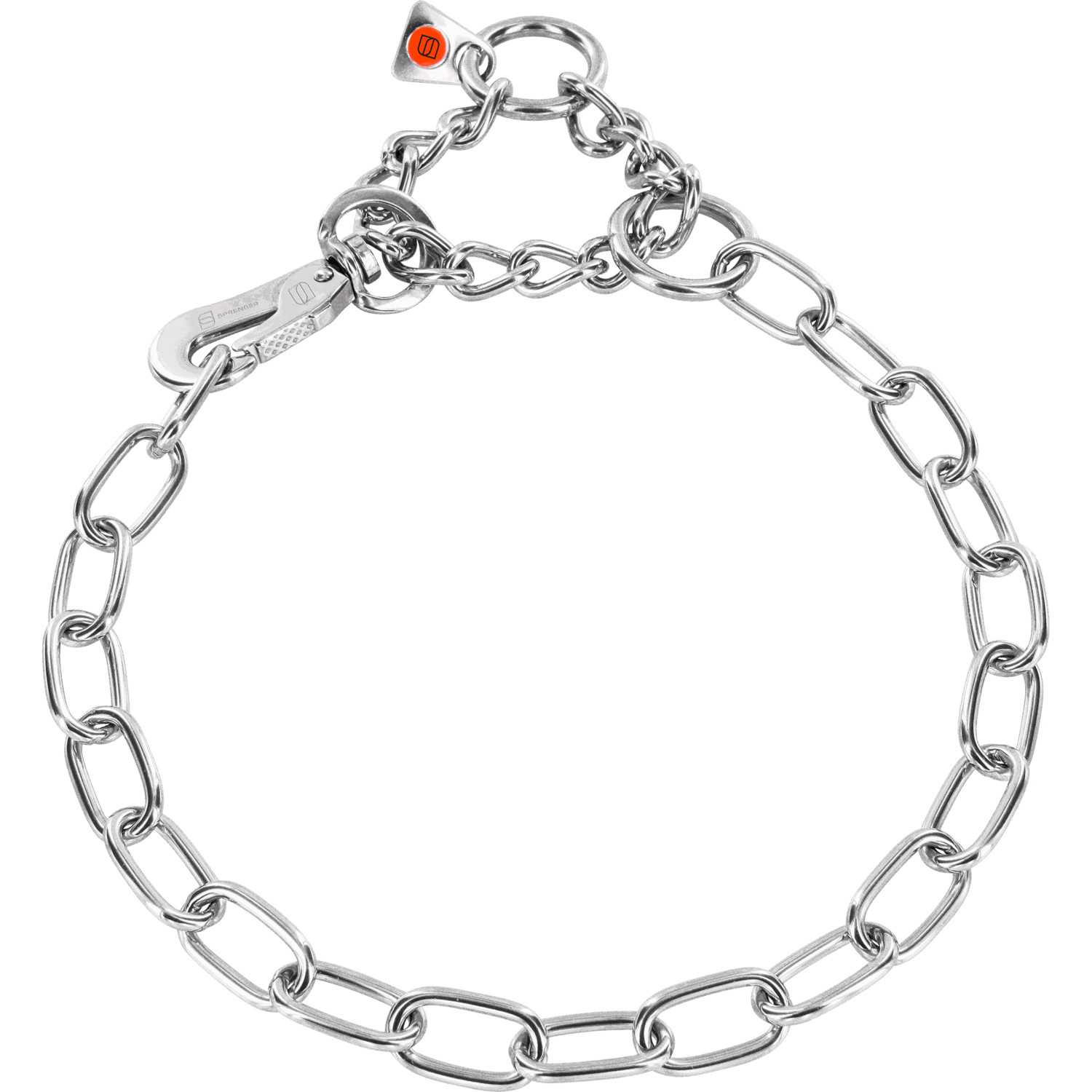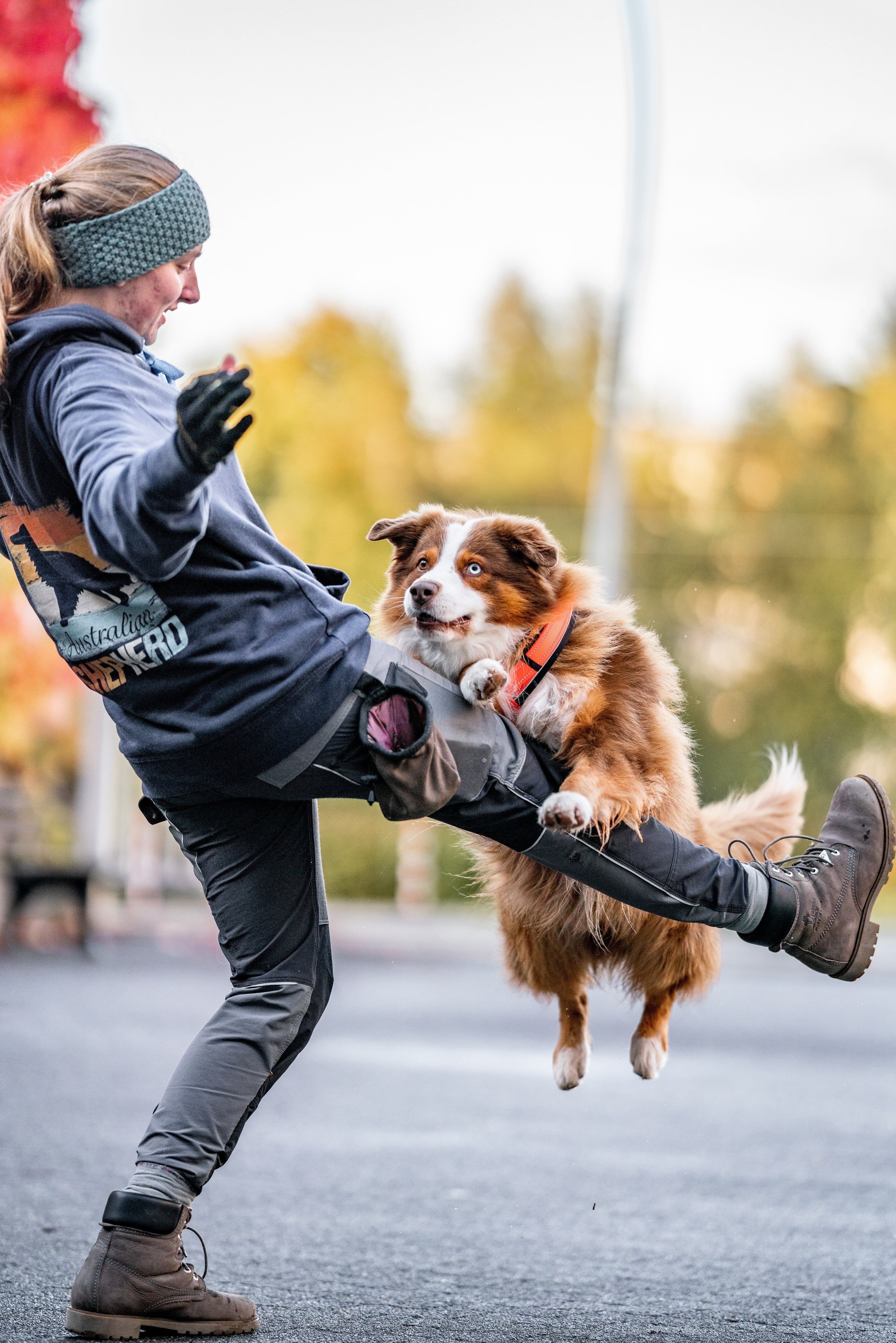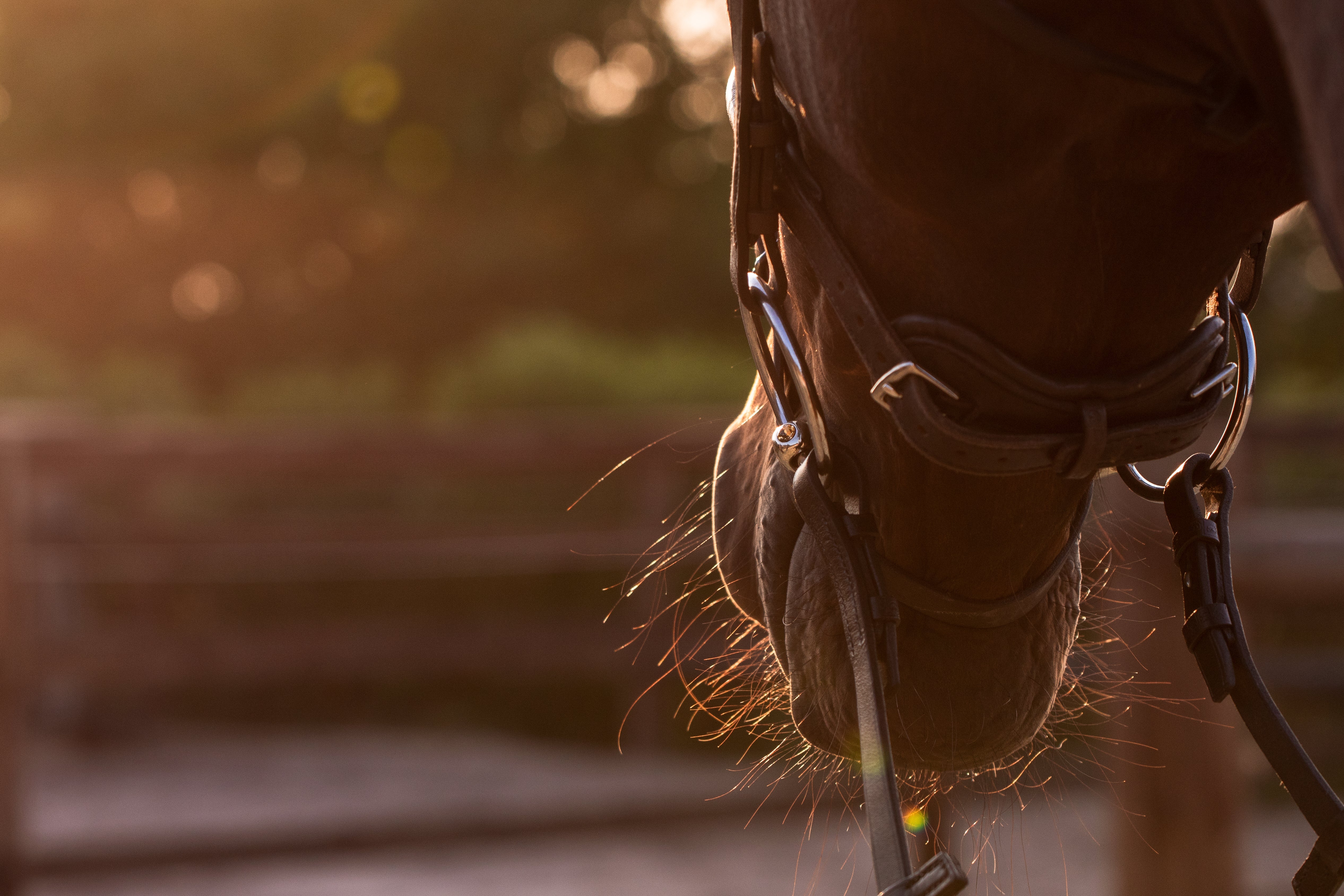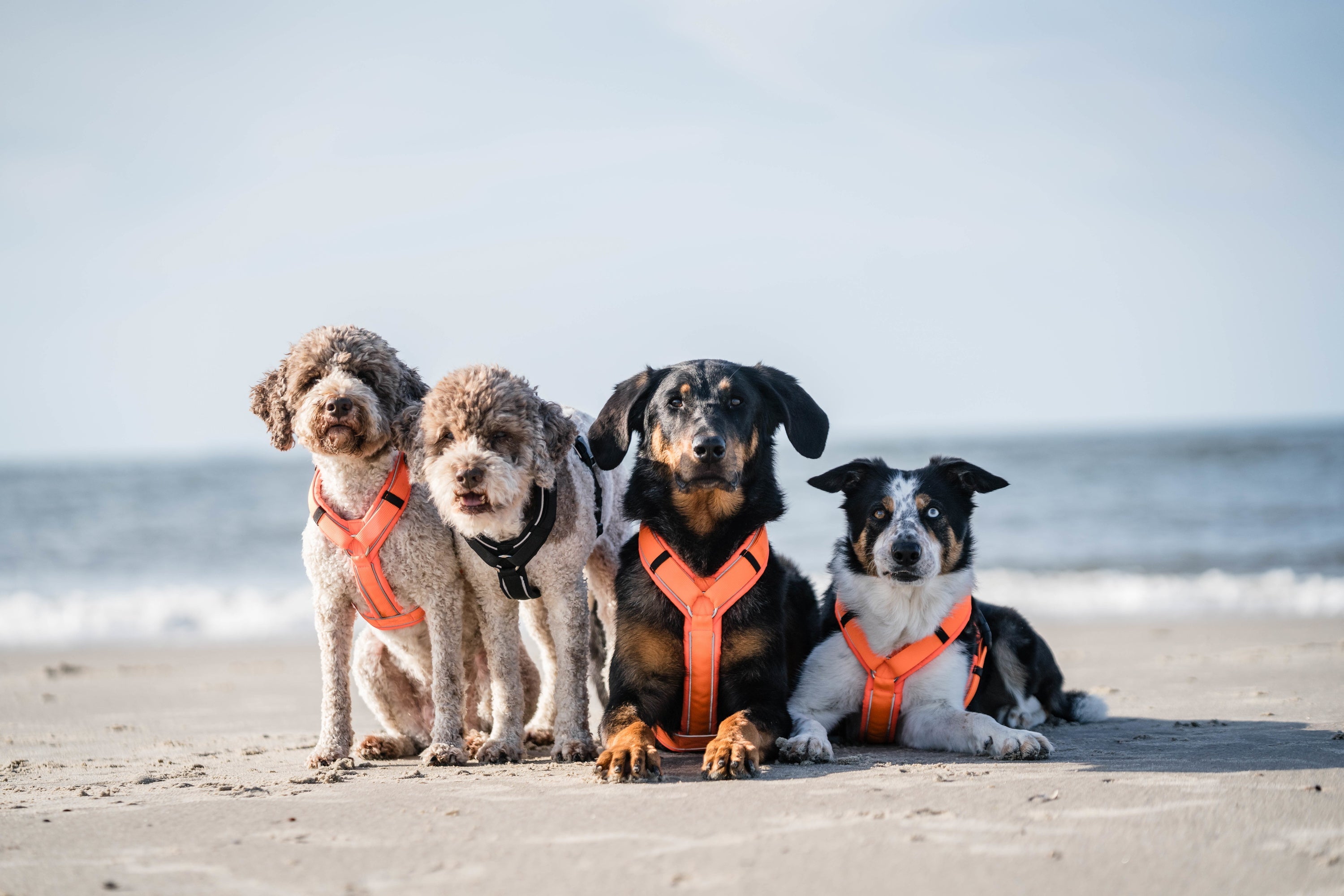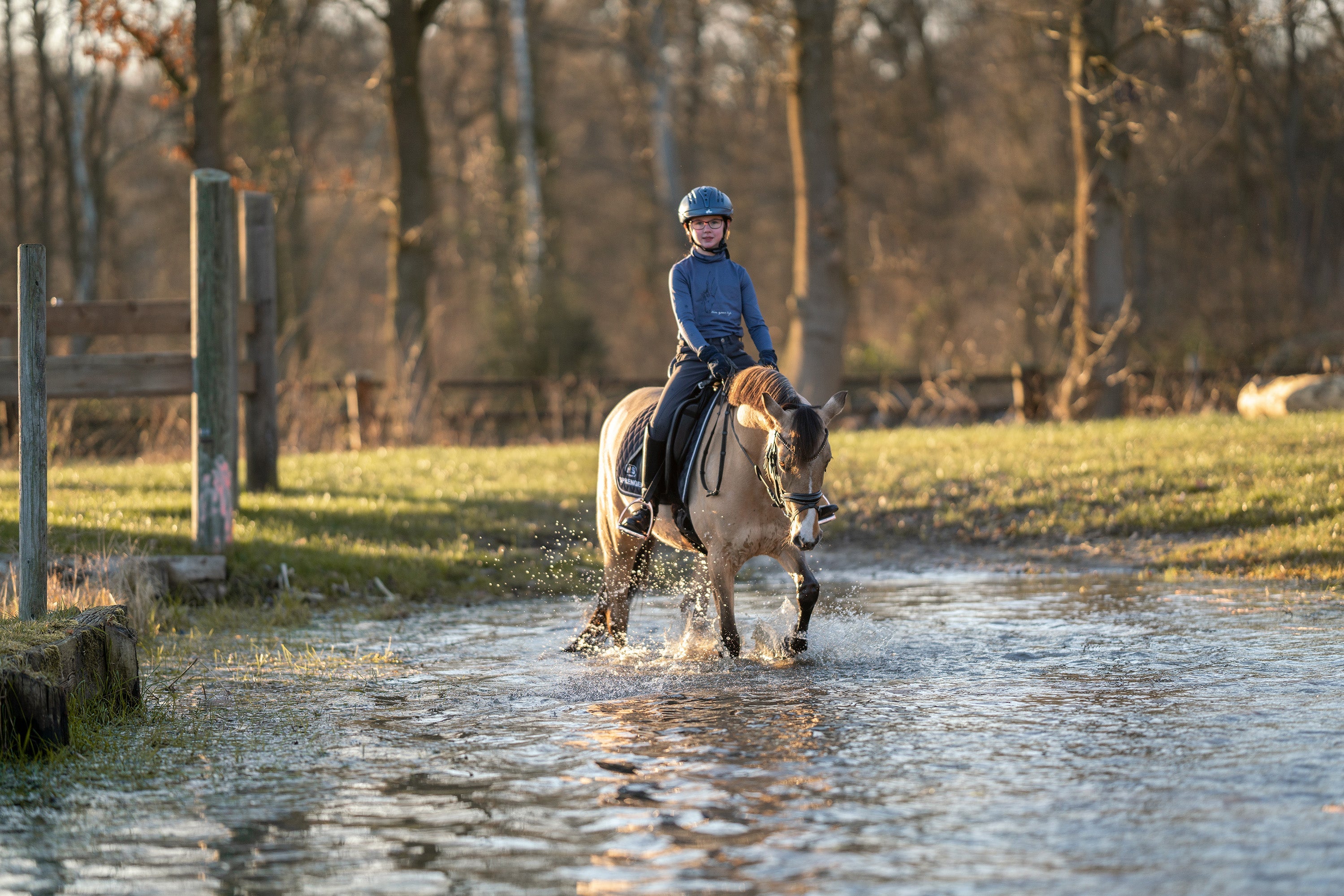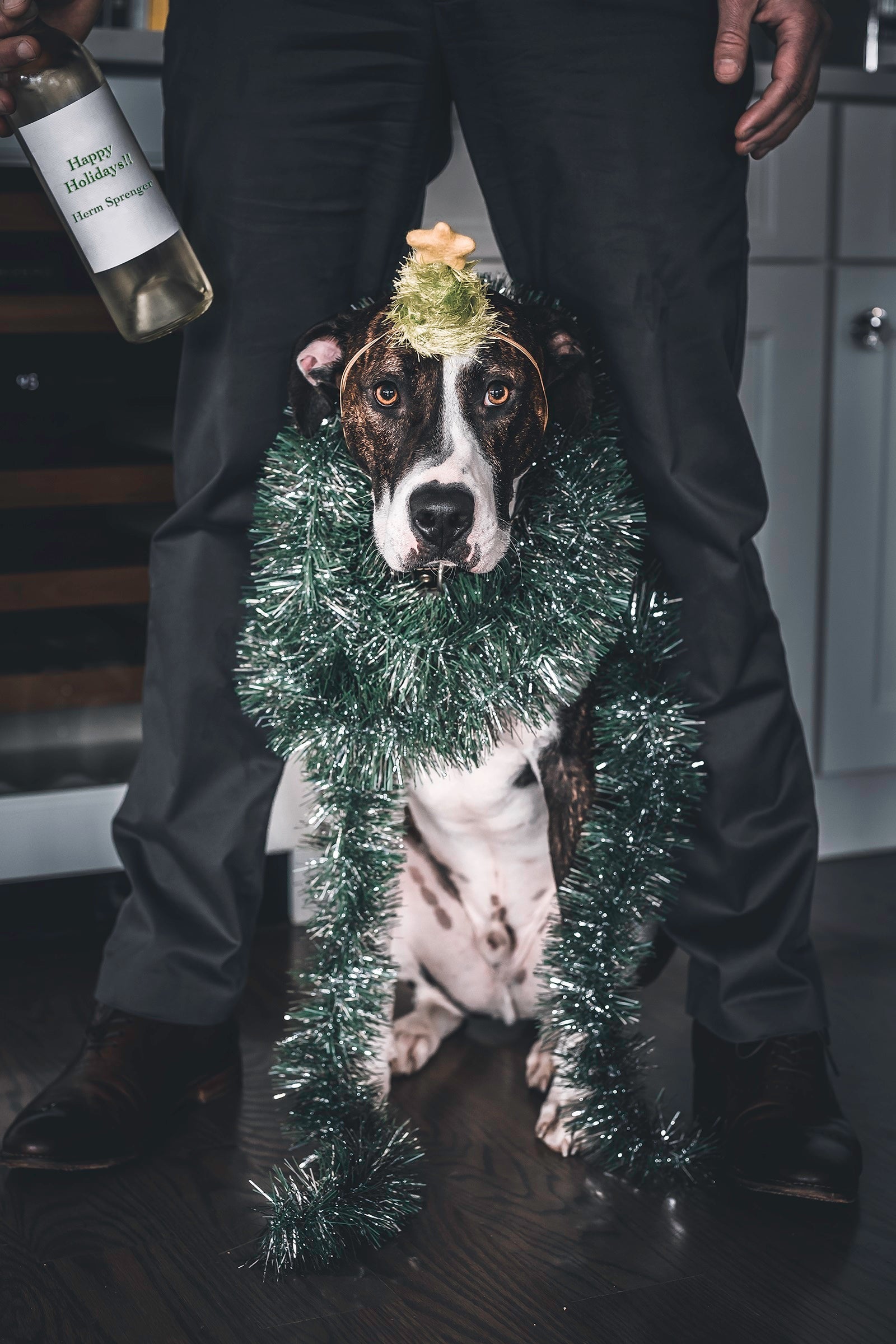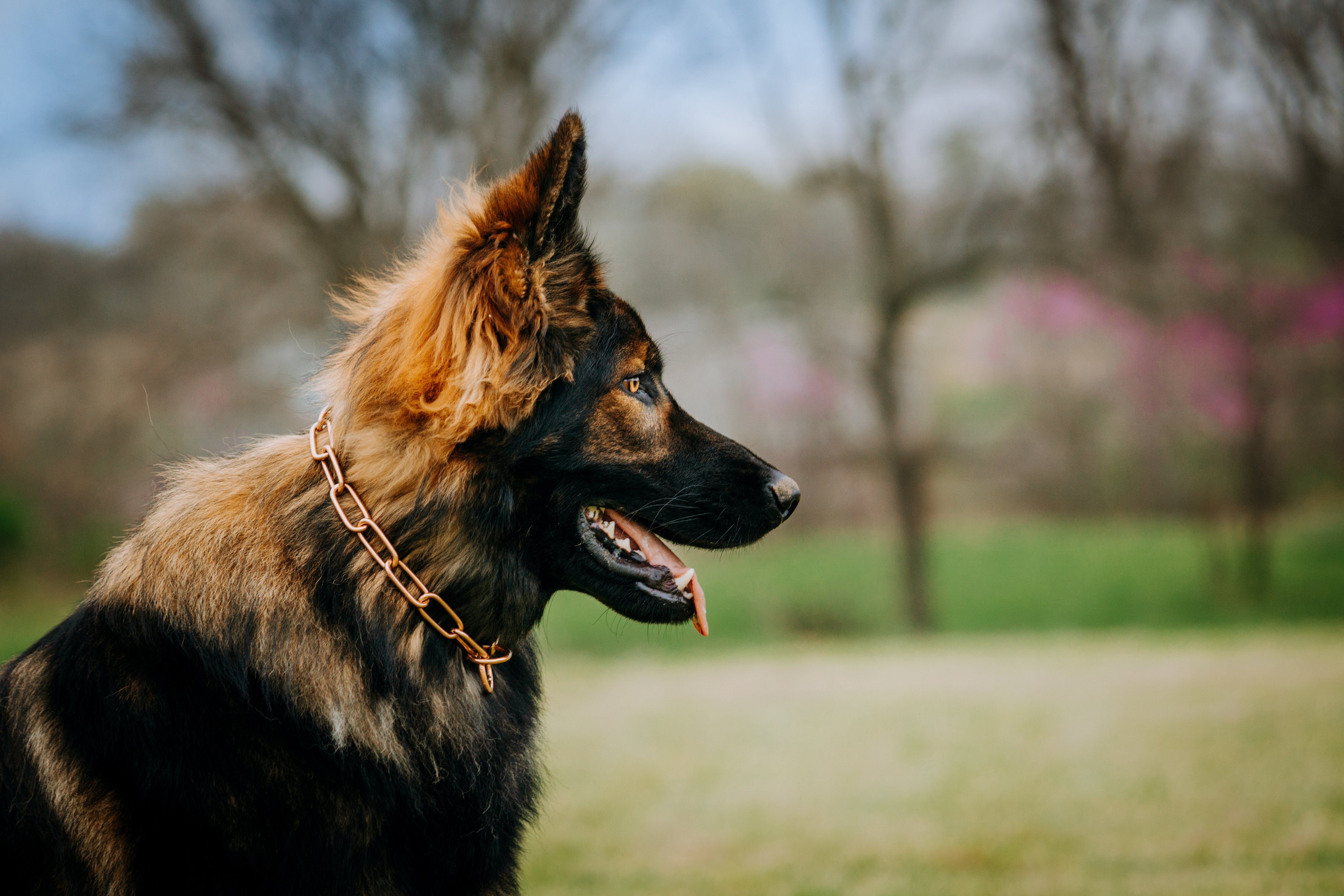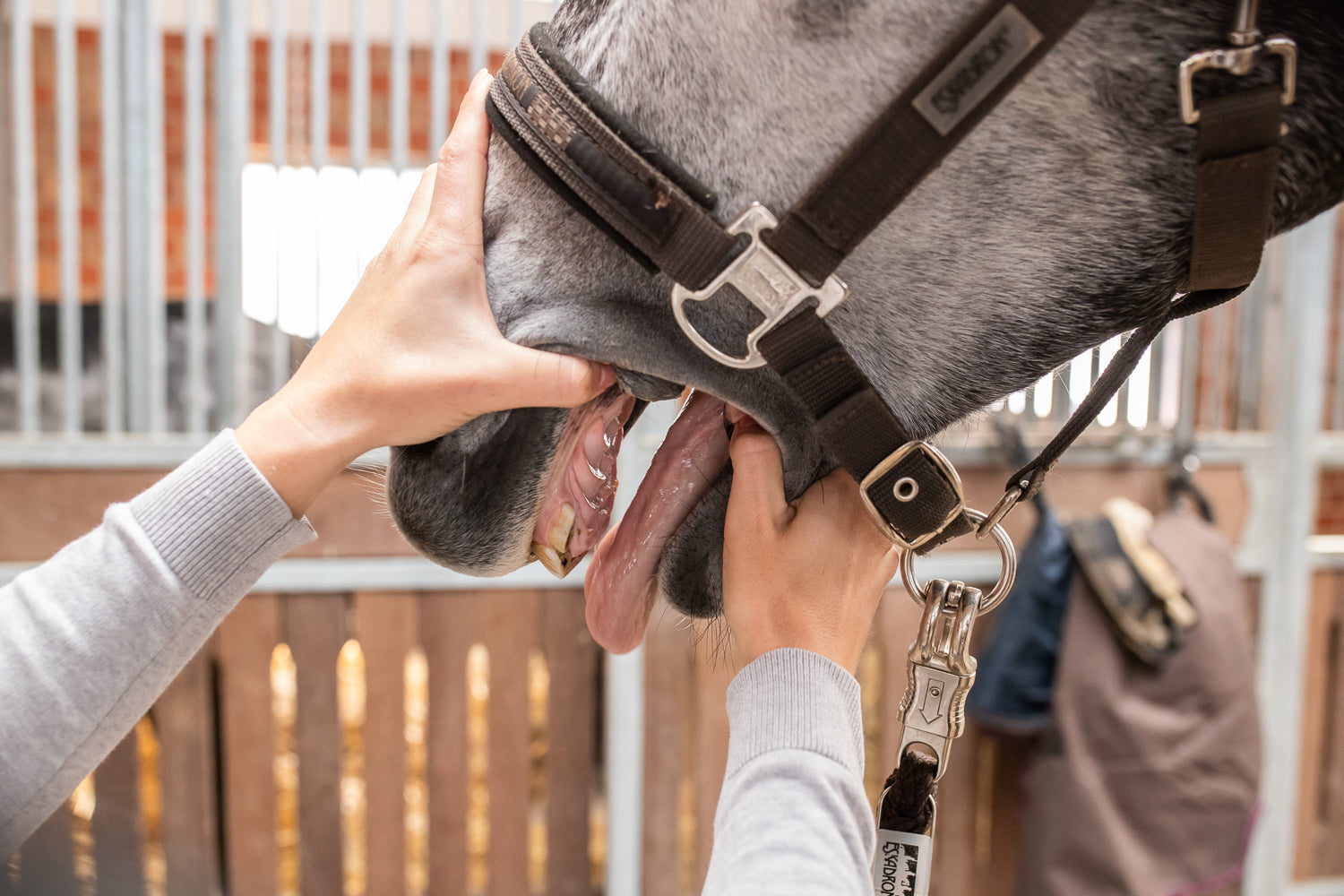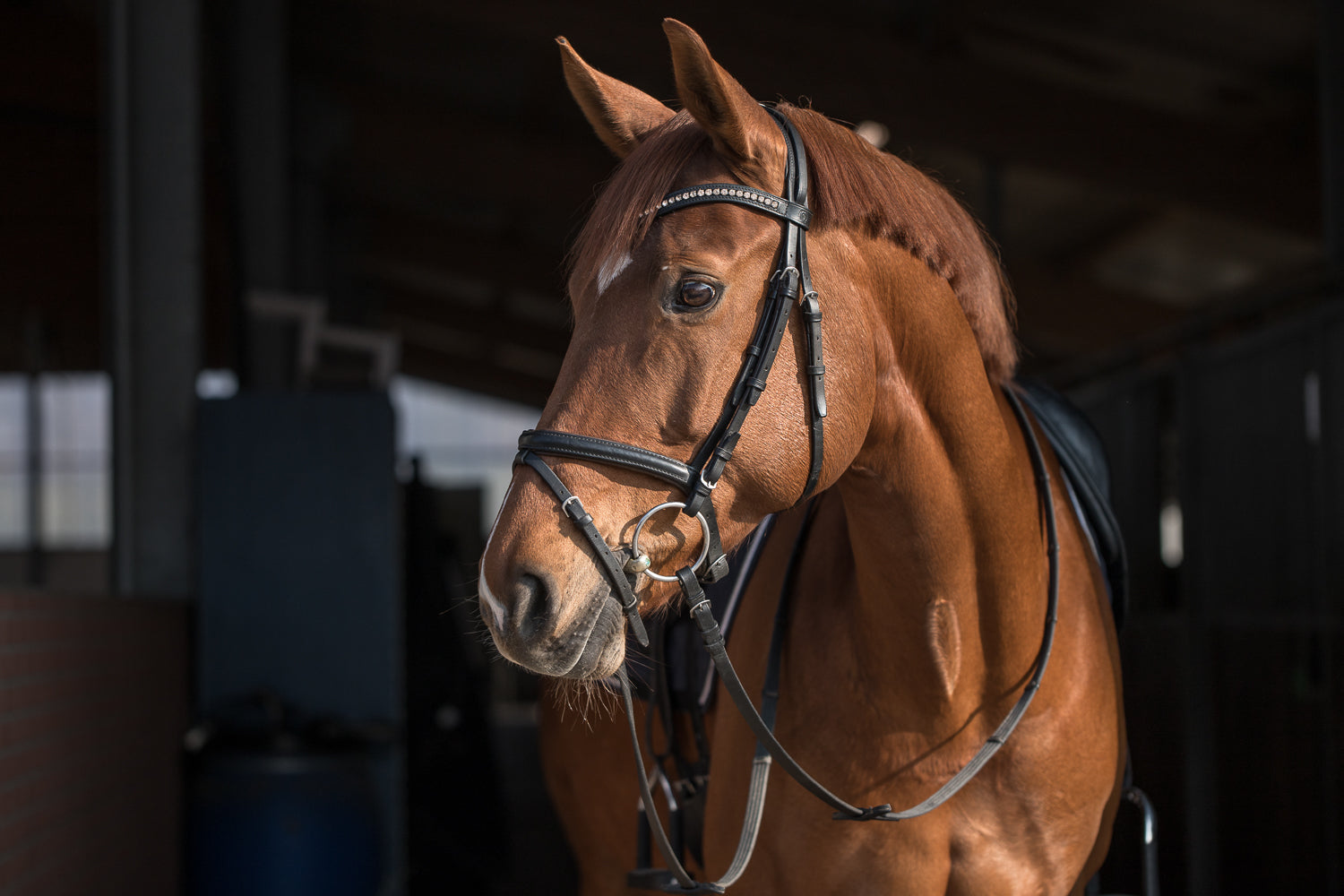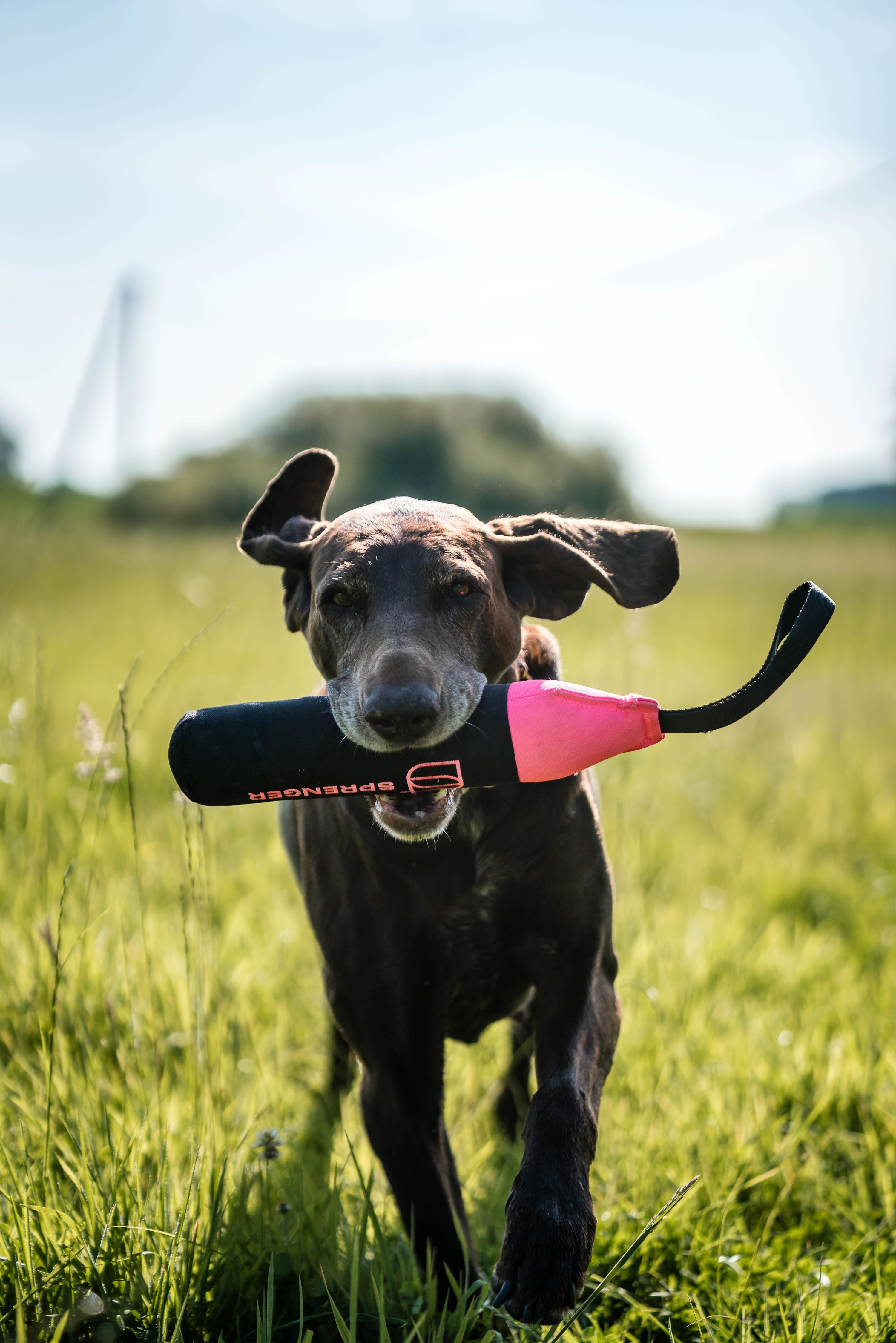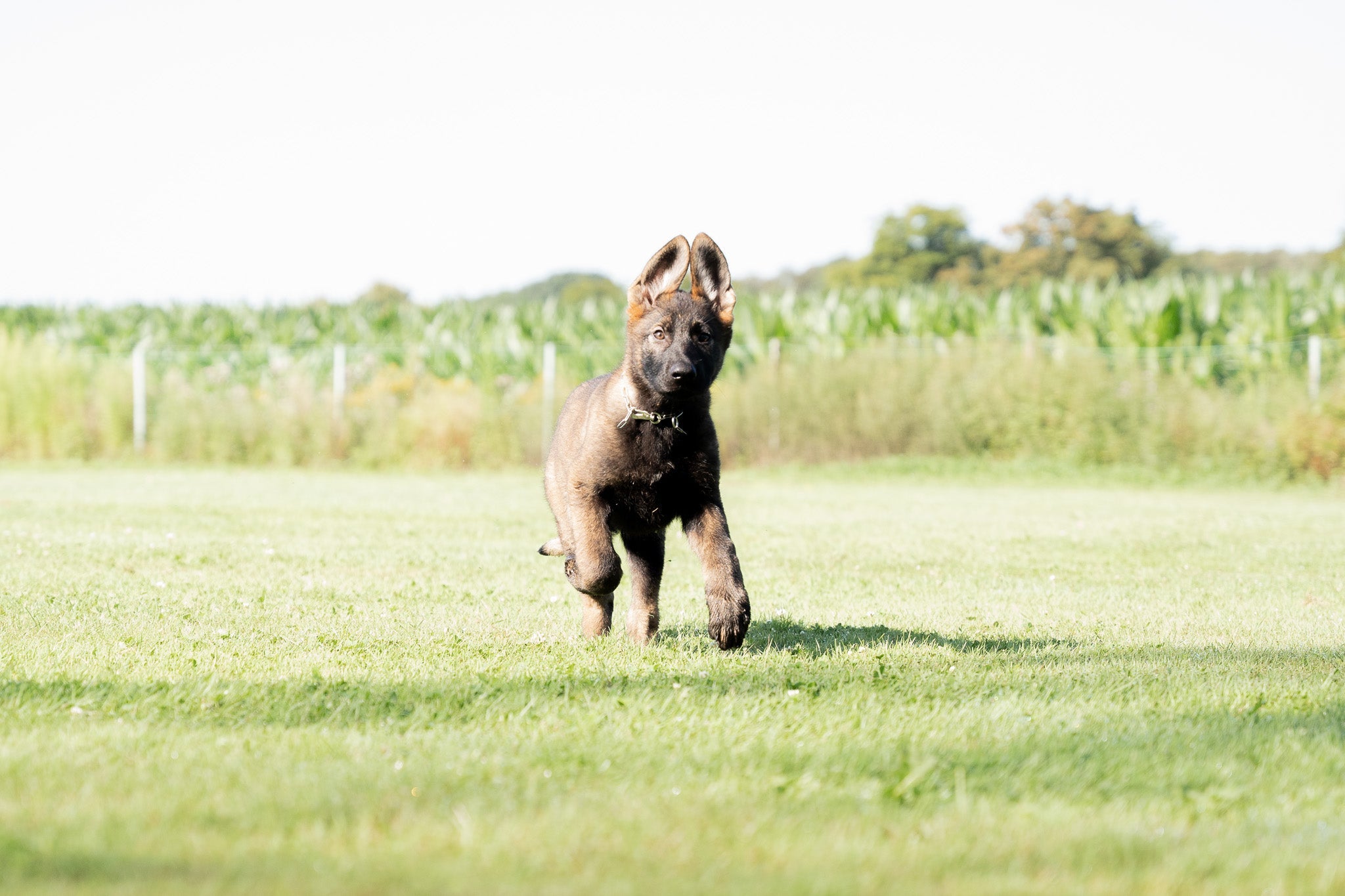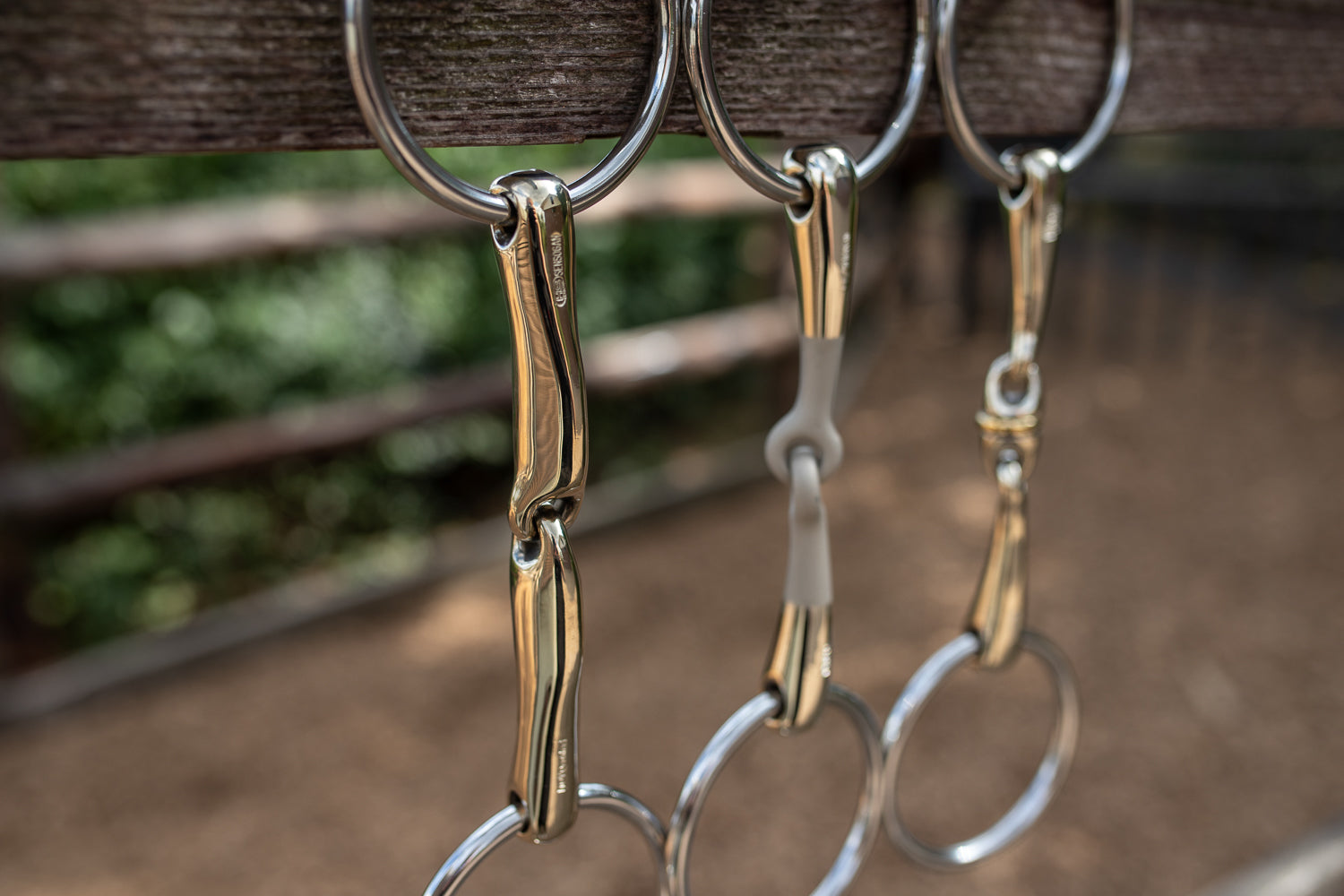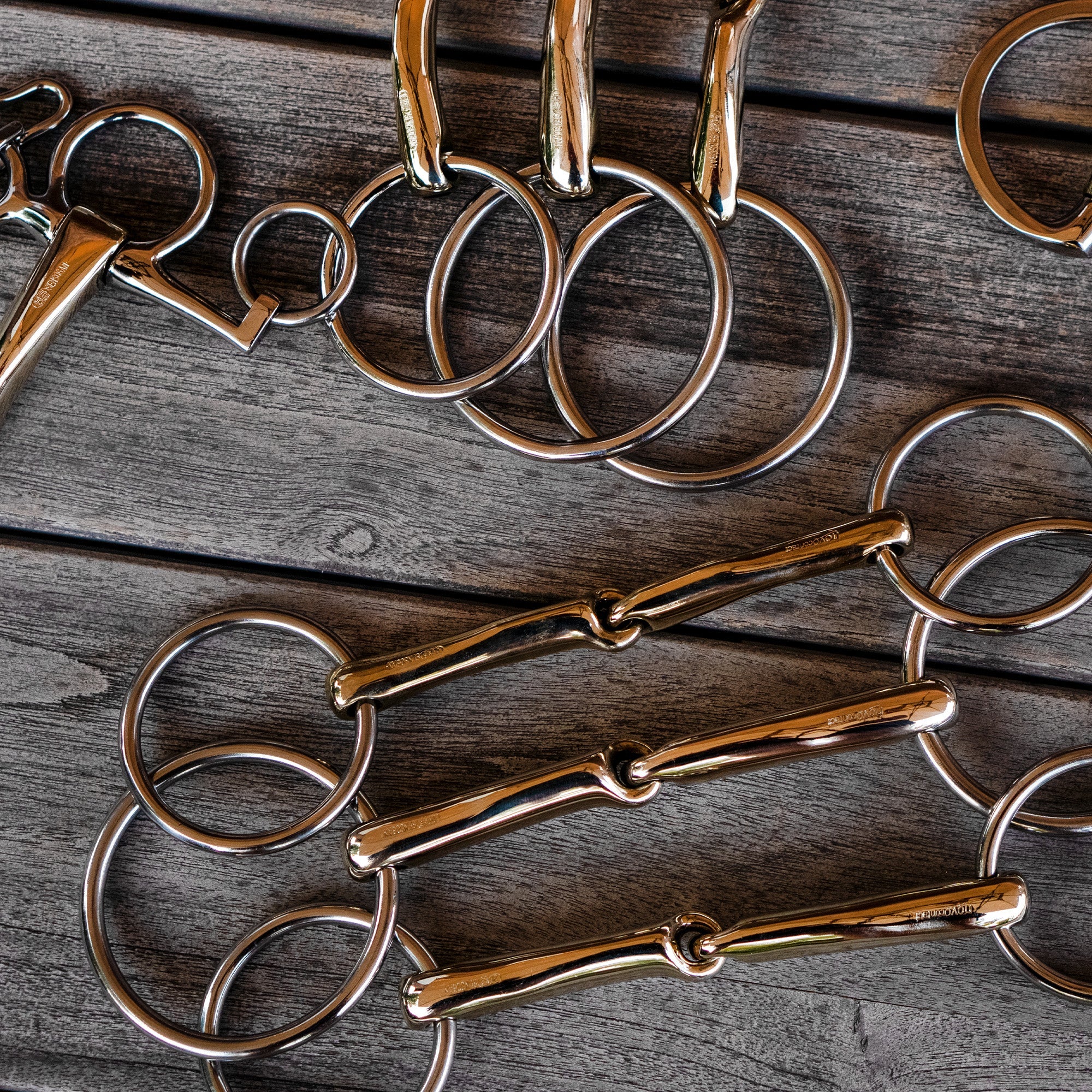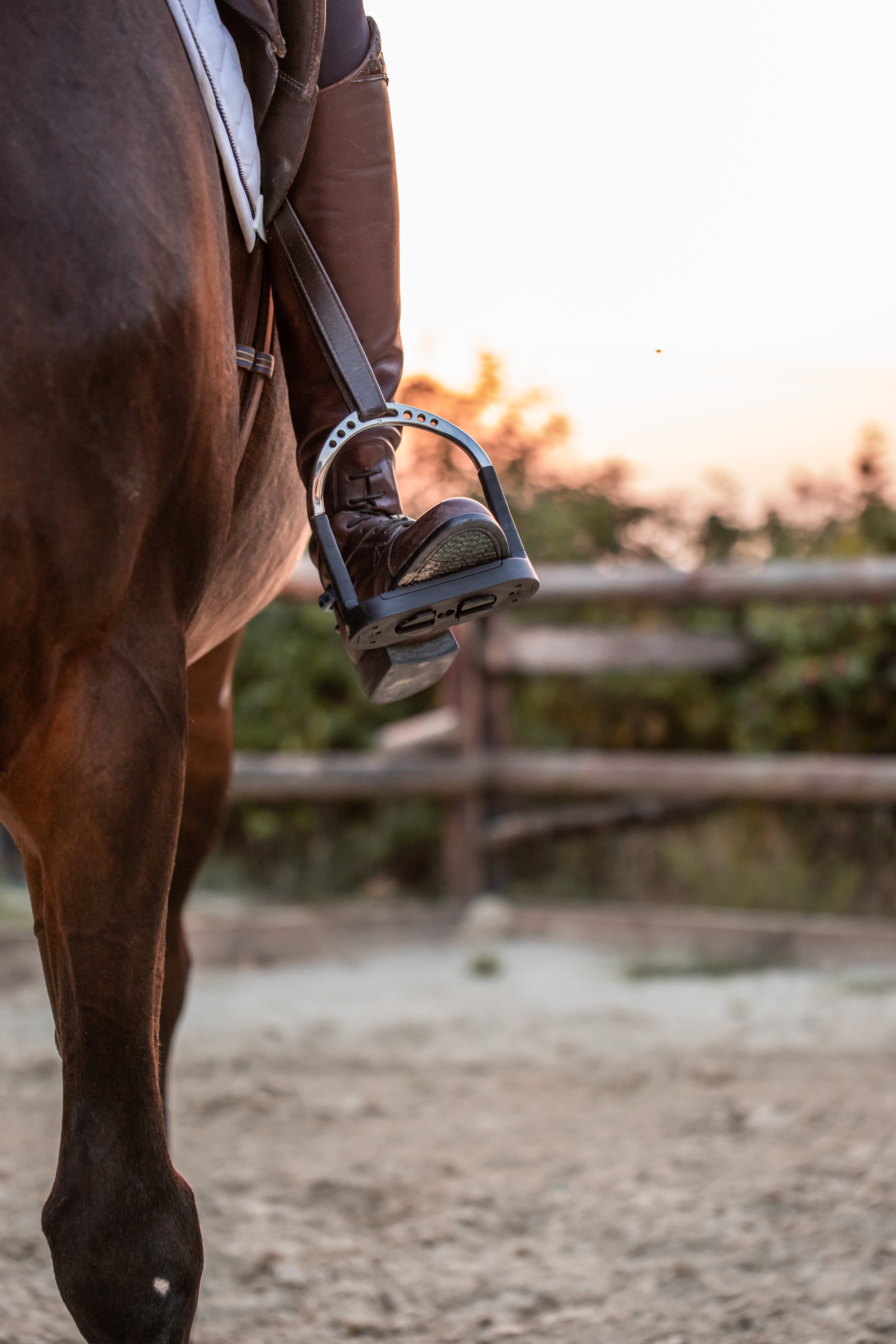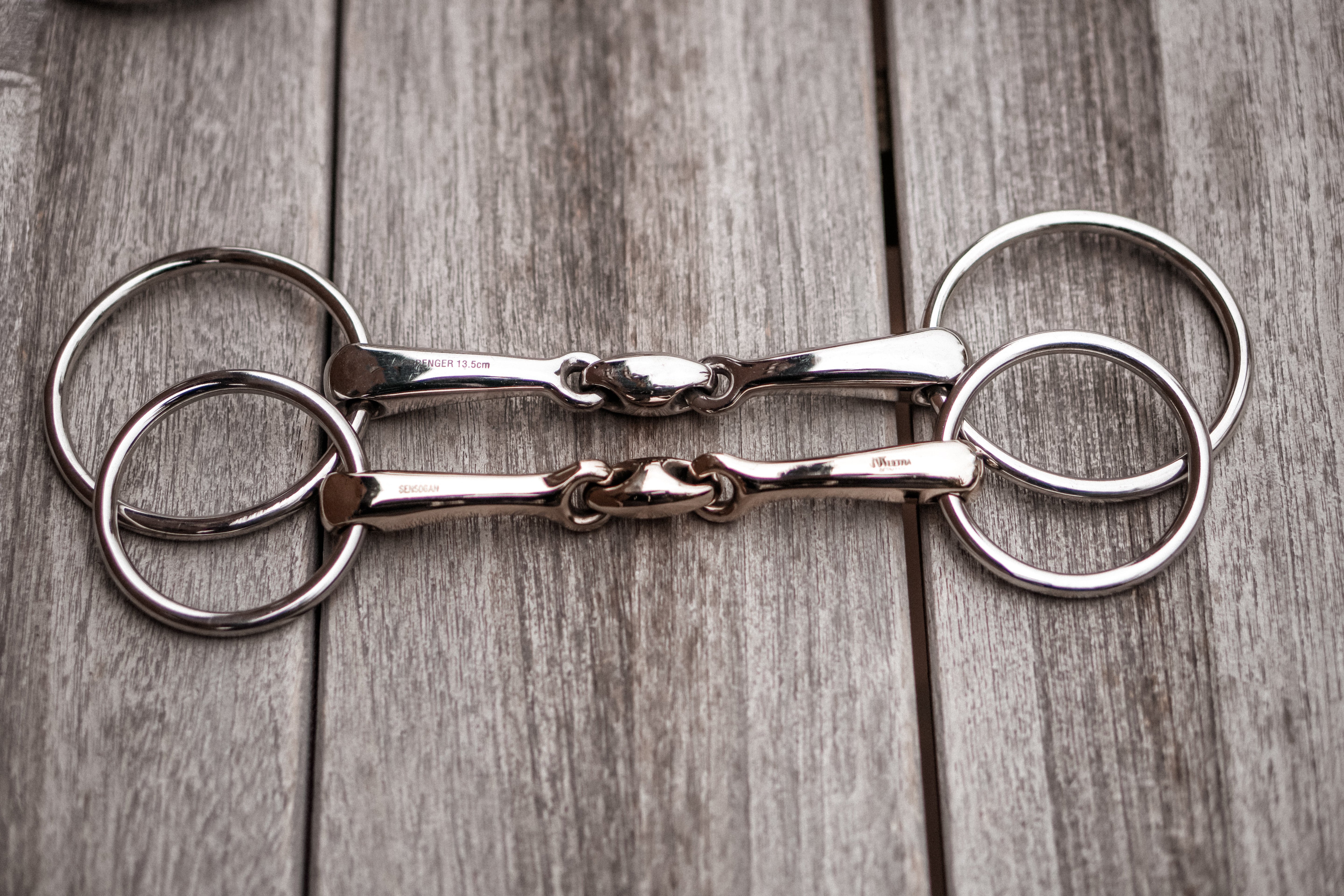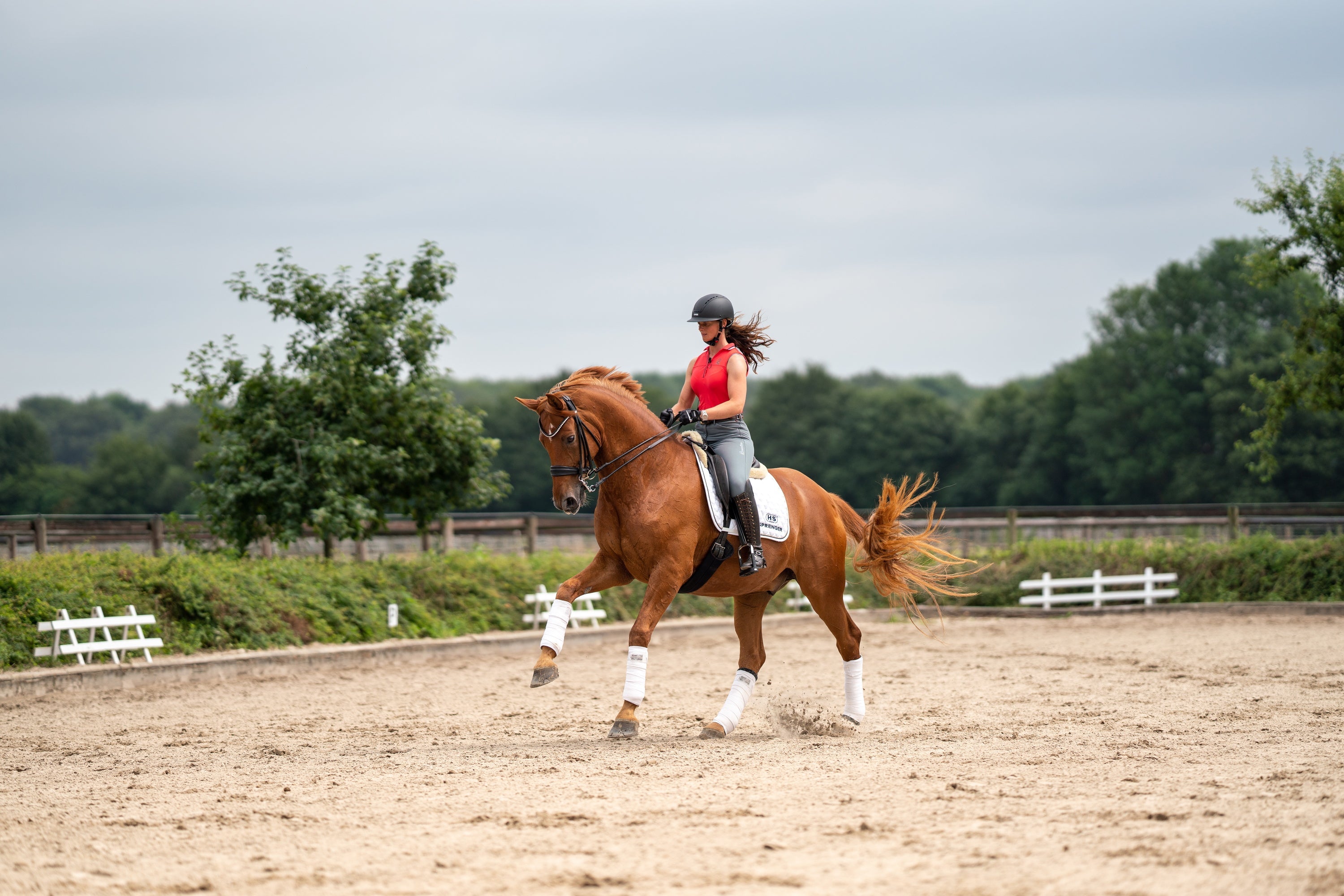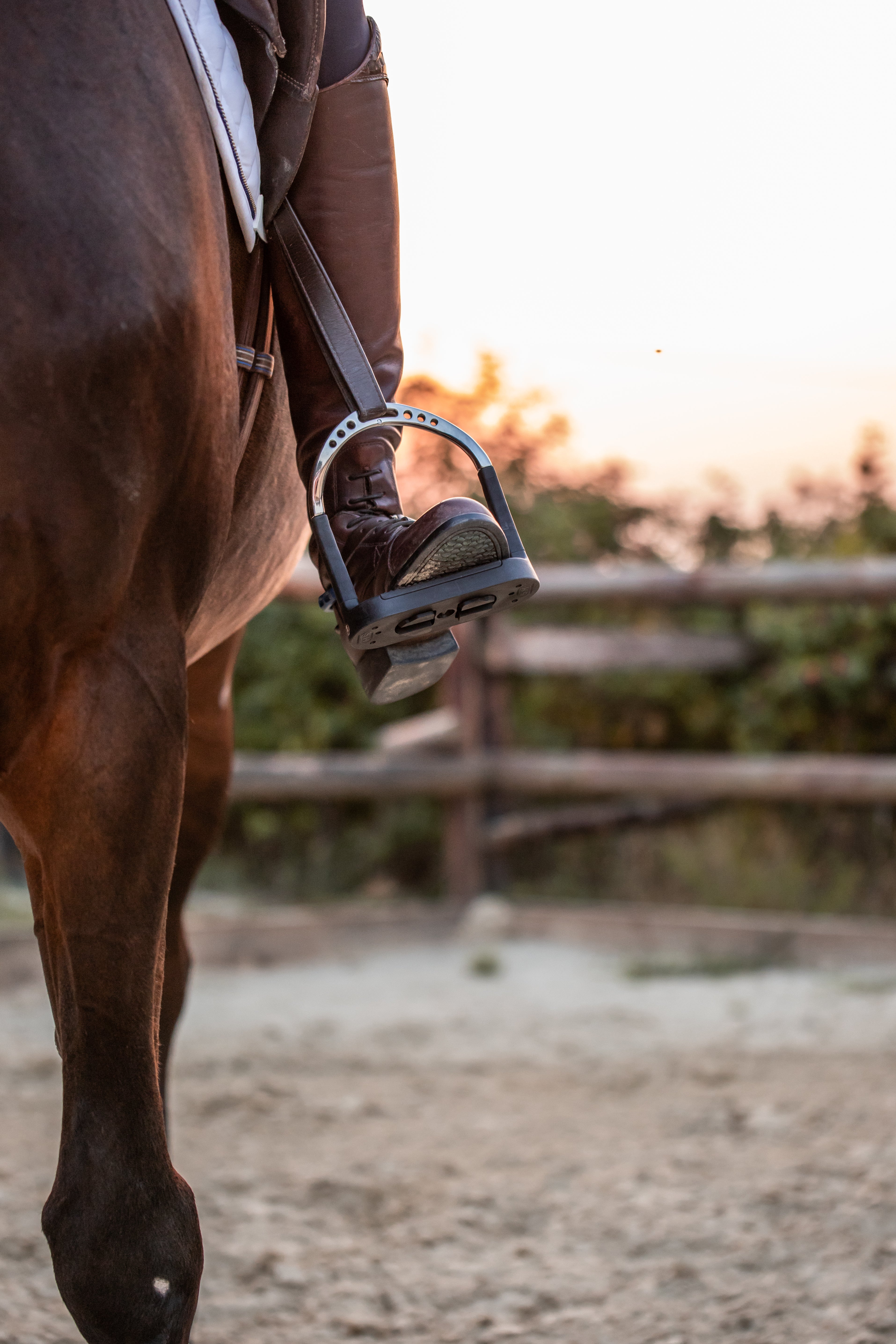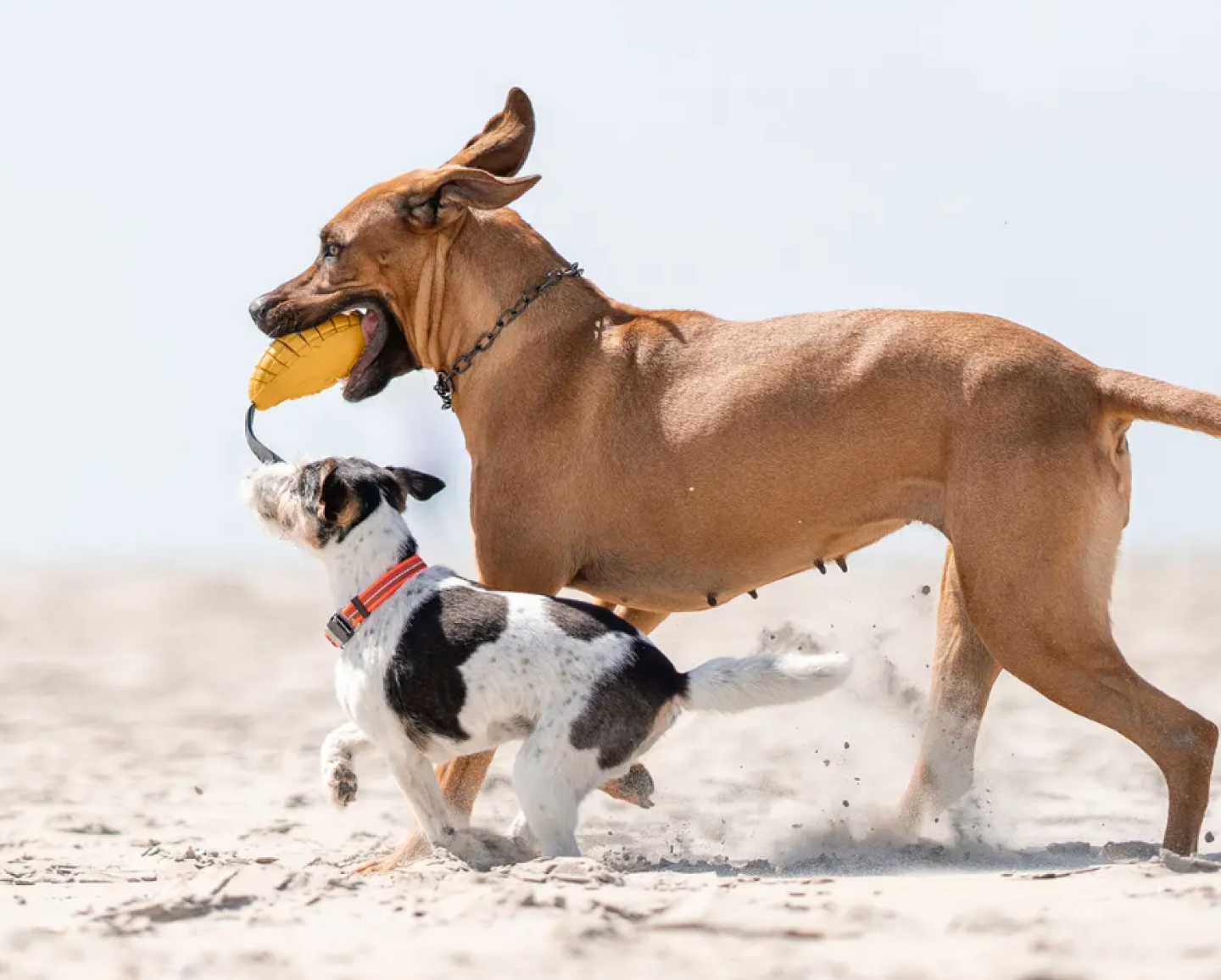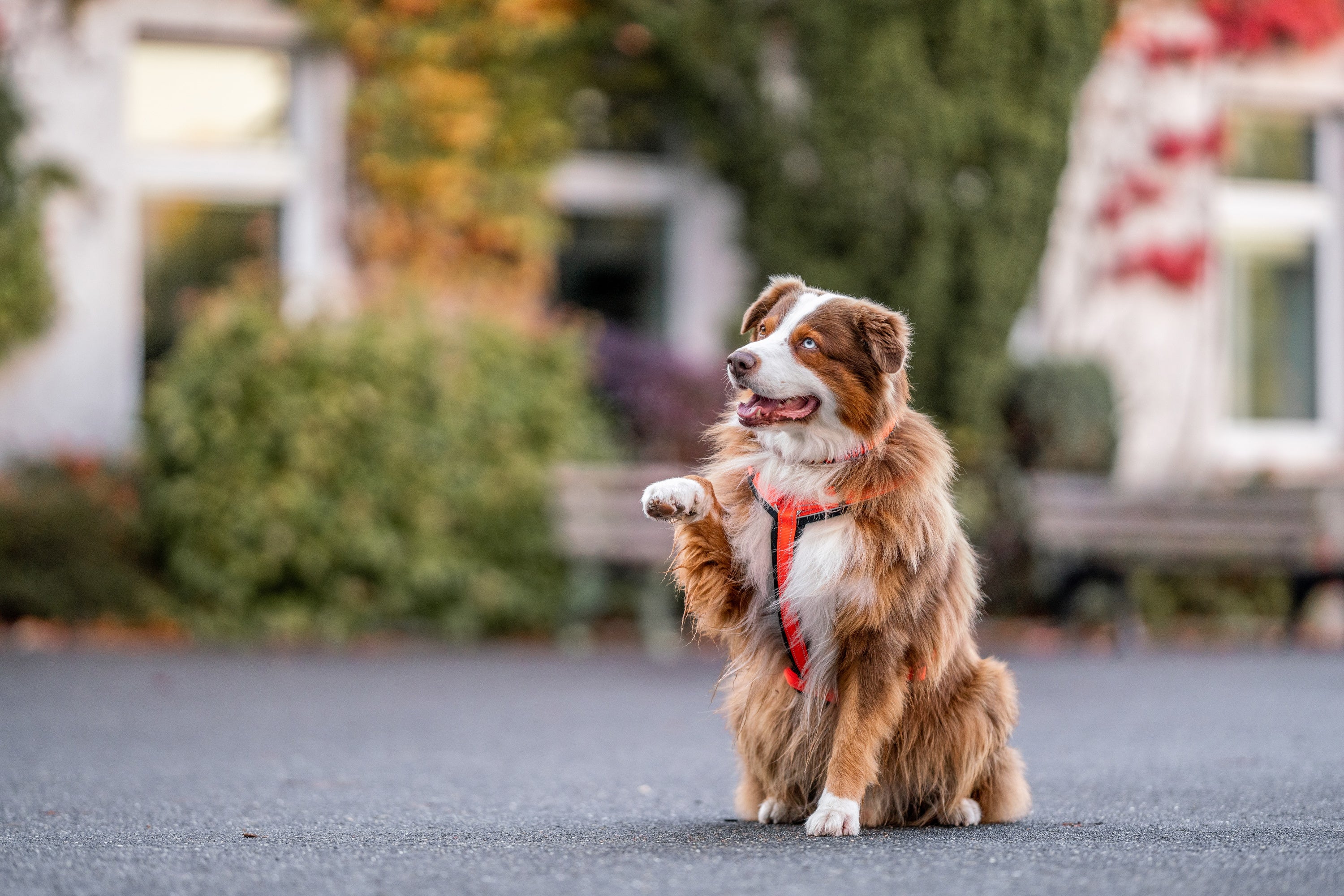
Every (new) dog owner should address the topic of dog training - ideally even before the dog moves in. The field is far-reaching and can range from working on specific behavioral problems, through everyday suitability with basic commands and leash training, to dog sports and dog trick training to keep your dog busy.
Our blog post offers you inspiration for dog tricks including step-by-step instructions - perfect for beginners and advanced learners!
Why dog training?
Dog training generally has two important functions for you and your dog:
- It gives your dog the skills to integrate into our society and it gives you the skills to guide and support your dog fairly and safely.
- It allows you to exercise your dog mentally and physically according to its temperament and any breed-typical behavior.
In addition, training and learning tricks together promotes communication and bonding between you and your dog.
The proactive use of dog training and dog tricks can help prevent behavioral problems. If your dog shows behavioral problems or you have problems in everyday life, we recommend working with an experienced dog trainer who can work specifically with you in person.
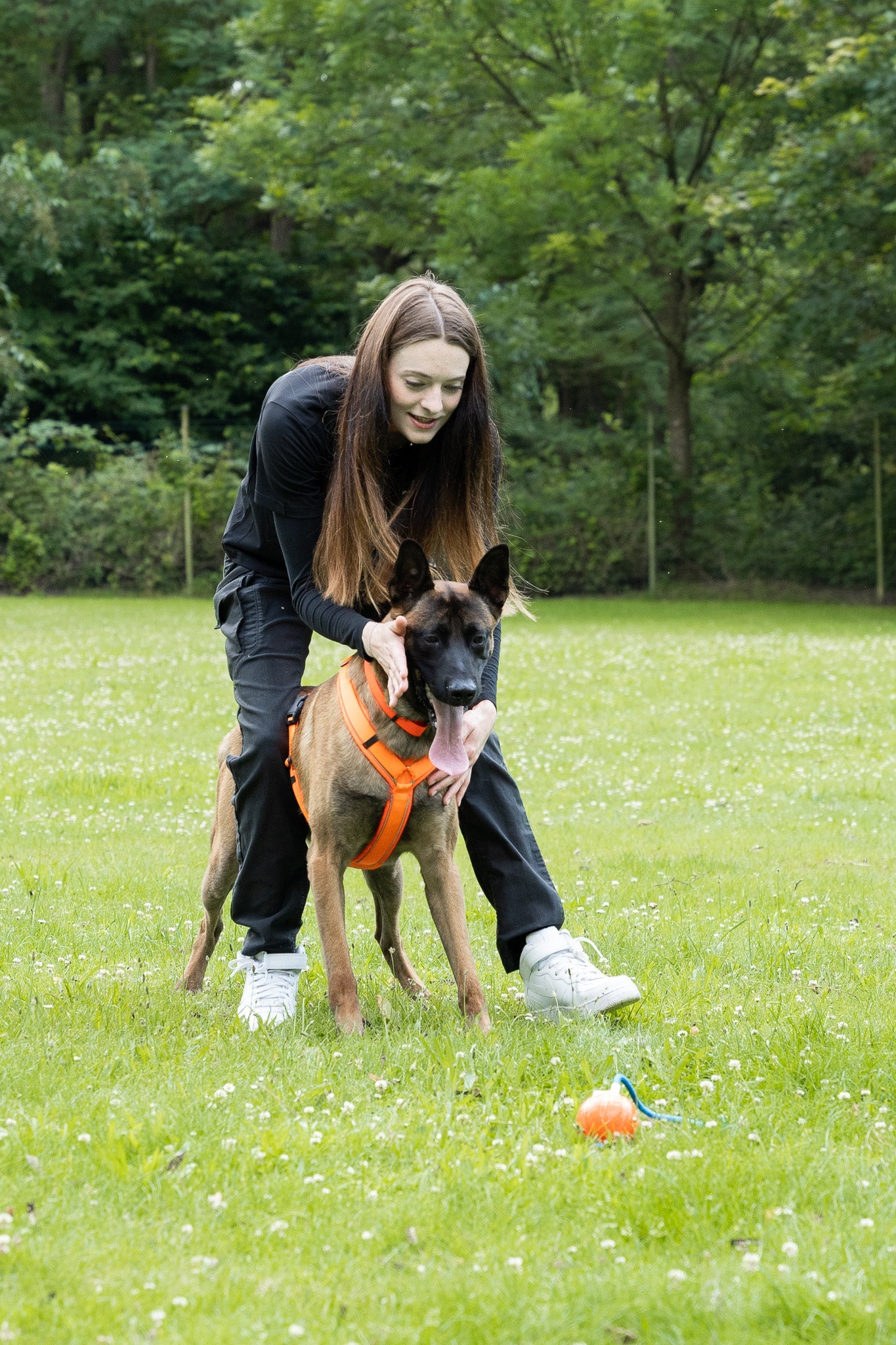
What to take to dog training?
The right equipment for you and your dog is just as important for dog training as it is in everyday life. Of course, the equipment you need will vary depending on what, where and with what type of dog you are training.
Basically, however, you can't go wrong with good basic equipment when learning basic tricks and commands for your dog.
We recommend the following for you and your dog when learning new tricks:
- Treats or dog toys to reward and motivate your dog during training.
- A (tracking) leash that allows the necessary freedom of movement and/or control. When using a tracking leash, you can decide according to your needs whether you choose one with or without a hand strap. You can find out more about tracking leashes here!
- A dog collar and/or well-fitting dog harness depending on the age and temperament of the dog, the trick to be learned and the environment in which you are practicing.
- If necessary, another person for support.
Especially in wet or cold weather, it can also be helpful to equip yourself accordingly and to use gloves for dog training, especially when working with the tracking leash.

What are dog tricks?
Dog tricks basically include all commands and exercises that work your dog physically and mentally. They can have a specific practical purpose and then be used in everyday life or simply be a fun activity.
Dog tricks and commands consist of a clear word signal and associated hand signals that are established during training.

What dog tricks are there?
The number of dog tricks is almost endless and there are no limits to your imagination - the main thing is that it's fun for you and your dog!
There are dog tricks for beginners, dog tricks for advanced dogs and commands for everyday life and dog sports.
A small dog trick list with the most important basic commands and a special trick that is an absolute favorite with us can be found here:
- Basic commands
- Put on collar
- Give paw
- Spin around
- Slalom between the legs
- Put your head down
- Peng/play dead
Basic dog commands
Basic commands are the most important commands that every dog should master in order to be well controlled in everyday life and to allow freedom such as being allowed to run off leash. They include sit, down, stay, here or come and drop it or no.
If you have problems teaching your dog these, we advise you to work with an experienced dog trainer.
Dog trick: Putting on a collar
A fun and practical trick is to teach your dog to put on a collar by himself. If you want to teach your dog this command, you can use the following steps:
Your dog must already know the collar and be used to it.
- Place the collar large on the floor.
- Place a treat in the middle of the collar and let your dog take it.
- Repeat this a few times.
- Keep repeating the exercise, slowly lifting the collar a little with each pass.
- If this works well, you can hold the collar with one hand at some distance in front of your dog's nose and hold a treat on the other side with the other. A collar with sufficient stability is helpful for this so that it retains its shape and the dog does not have to move it.
- If your dog puts his nose through the collar to take the treat, you give the command, for example “get ready”, the hand signal here is the collar being held.
- If this also works well, you can keep increasing the distance between the treat and the collar until the collar has to go all the way over the head to reach the treat.
Over time, you can then adjust the size of the collar until it is the normal size again. Once your dog is confident with the exercise, you can increase the difficulty by using less rigid collars such as chain collars.
Dog trick: Teaching your dog to give a paw
A real classic among dog tricks is the “give paw” or “paw”. This dog trick is suitable for dogs of all ages as it mainly requires mental work and understanding rather than physical feats or contortions. If your dog is older and/or has health restrictions in the joints of the front legs, you should take this into account when training this trick.
The prerequisite is that your dog already knows the sit command.
- Have your dog sit down in a calm environment and sit on the floor opposite him so that you are at eye level.
- Make sure that your dog is focused and looking at you attentively - show him the treat that awaits him or call his name.
- Place the treat in your hand so that it is clearly visible to your dog and then close it.
- Wait patiently until your dog touches your hand or arm with his paw in an attempt to get the treat. If this is the case, open your hand and give him the treat.
- If this works well, you can repeat the exercise several times and gradually start to only give the treat when the paw stays in contact with your hand or arm.
- If this works, the next step is to hold out your closed hand to your dog without a treat in it. If he performs the exercise correctly, the treat will come from the other hand.
- The next time you offer your dog the flat open hand. You may need to be a little patient here at first. If your dog then puts its paw in your hand and holds it there for a few seconds, the reward will come from the other hand.
- Repeat the exercise and give the command “give paw”, “paw” or whatever you choose when you hold out the palm of your hand to your dog.
Over time, you can train this exercise in environments with more distractions or build up variations, such as giving a paw from a standing position or giving the other paw.
Dog trick: teach your dog to spin
Spin is a funny-looking trick that is not that difficult for many dogs to learn. In this case, however, it is particularly important when practising that the dog always turns in the same direction - otherwise you can quickly confuse or disorientate your dog. If you want your dog to be able to turn in both directions, you should build them up one after the other as separate tricks with their own commands.
Your dog needs to be happy to follow treats or his toy.
- Show your dog a treat and let him sniff it carefully. Once he is interested, move your hand with the treat and make sure that your dog follows it.
- If your dog does, move your hand slowly in a circle in front of you and let your dog follow this movement. Once he has returned to the starting point, he gets the treat.
- Repeat this a few times before you no longer take the treat in the hand leading the dog, but let your dog follow the empty hand and reward it from the non-leading hand at the end.
- Now try to increase the distance between your leading hand and your dog, the aim is to draw a small circle with your hand in front of your chest as a hand signal for this exercise.
- If this works, add the command “turn” or "spin" or another command of your choice while you carry out the movement.
If your dog has problems following the treat or toy at the beginning, it can also help to walk the circle with him at first.
Dog trick: teaching your dog slalom through your legs
Letting your dog run slalom through your legs or weave through your legs not only looks super cool, but is also a great exercise to bring focus and variety to walks together. The trick often looks more intimidating than it is and can actually be practiced in just a few steps.
Your dog needs to be happy to follow treats or his toy.
- Call your dog in position next to you and show him the treat or toy.
- Take a big step forward with one leg so that there is enough space between your legs for your dog to pass through.
- Hold the treat or toy on the side your dog is not on at his eye level so that he can see it through your legs.
- Lure him through your legs with the treat/toy. When he has done this, reward him.
- Now take a big step forward with the other leg and repeat the whole thing.
- If your dog starts to understand the exercise, you can add a command while you lure him through your legs, for example “through”, “slalom” or “legs”.
- Then gradually reduce the luring with the reward and only start rewarding when he has made more than one pass through your legs.
Once your dog has understood the exercise and is confident with it, you can increase the difficulty of the exercise. This can be done, for example, by increasing the distraction, speed or by adding corners and bends.
Dog trick: training the head down
The head down is a favorite among dog tricks, especially for those who like to take photos of their dogs. This trick is also suitable for dogs of all sizes and ages, as it requires your dog to work his head and understand the situation.
Your dog needs to be able to do the down command.
- Have your dog lie down in a calm environment.
- Point to the floor in front of your dog with a treat.
- If your dog's head touches the floor, reward him and give him the treat.
- Repeat the exercise and gradually start rewarding only when your dog keeps its head on the floor for longer.
- Now give the same signal as before (point to the floor), but do not hold a treat in your hand. If your dog performs the exercise, reward with the other hand.
- Once your dog has understood the exercise, introduce the command “head” or “tired”, for example, and then reward with your release word (e.g. okay).
For many dogs, it can help if the surface for this exercise is soft and comfortable, so that lying down for longer periods and putting their head down is as comfortable as possible. If your dog does not understand the exercise at the beginning, it can also be helpful to reward the lowering of the head.
If you want to increase the difficulty of this exercise, you can also let your dog rest his head on other objects or on your hand, which can not only look cute, but can also be helpful for vet examinations!
Dog trick: teach your dog to play dead
“Shooting” the dog so that it falls over and stays down on command - a trick that always impresses and makes people laugh. This trick is more suitable for advanced learners or ambitious beginners, as the dog should already have mastered a few commands and have a good level of trust in its owner.
Your dog must be able to do the commands down and stay/wait.
- Let your dog lie down in a quiet environment.
- Slowly pass a treat over your dog's head towards his back until he shifts his weight to the side. Then reward him.
- Repeat the whole thing and keep increasing how far back you move the treat so that your dog shifts his weight more and more.
- Now try to lure him so that he drops completely onto his side and reward him there.
- Now repeat the exercise without the luring hand having a treat. Instead, hold it in the gesture (e.g. a finger gun) that you want to use later as a hand signal for this trick. If he drops to his side, reward him from the other hand.
- Now try to lead less and less with your hand and instead only show the gesture. If this works well, you can also introduce a command such as “bang” or “dead”.
- If this also works, you can gradually increase the amount of time your dog stays on his side and plays dead before you release and reward him.
When practicing this command, it is important that you always have your dog shift his weight to the same side or have him lie on the same side so that you don't confuse or disorient him.
Once your dog has internalized this trick and starts to offer it more often on his own, you can increase the difficulty by having him perform the trick from a sitting or even standing position.

Common mistakes in dog training
Various problems can occur when training dog tricks and commands. These usually have to do with the dog's motivation or understanding and are triggered by incorrect behavior on the part of the owner. Typical mistakes are:
- Training for too long: To avoid overtaxing your dog, short but regular training sessions several times a day make sense. Depending on the dog and the exercise, training sessions of just a few minutes are sufficient to keep the dog motivated and not overstrain it.
- Wrong times: If you motivate and reward your dog with food during training, the right time is important. If your dog has just eaten, you will hardly get him motivated.
- Unclear, too early or too late commands: If you change the signal word for a command too often, repeat it too often or say it at different moments/for different behaviors in the same exercise, your dog may associate the command incorrectly or not at all.
- Pressure: Every dog and owner learns at different speeds and in different ways. If your expectations are too high, this can lead to frustration on both sides and the fun will diminish. So take your time and don't be afraid to try alternative approaches or ask for help.
PART OF YOUR PASSION.








